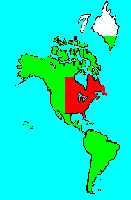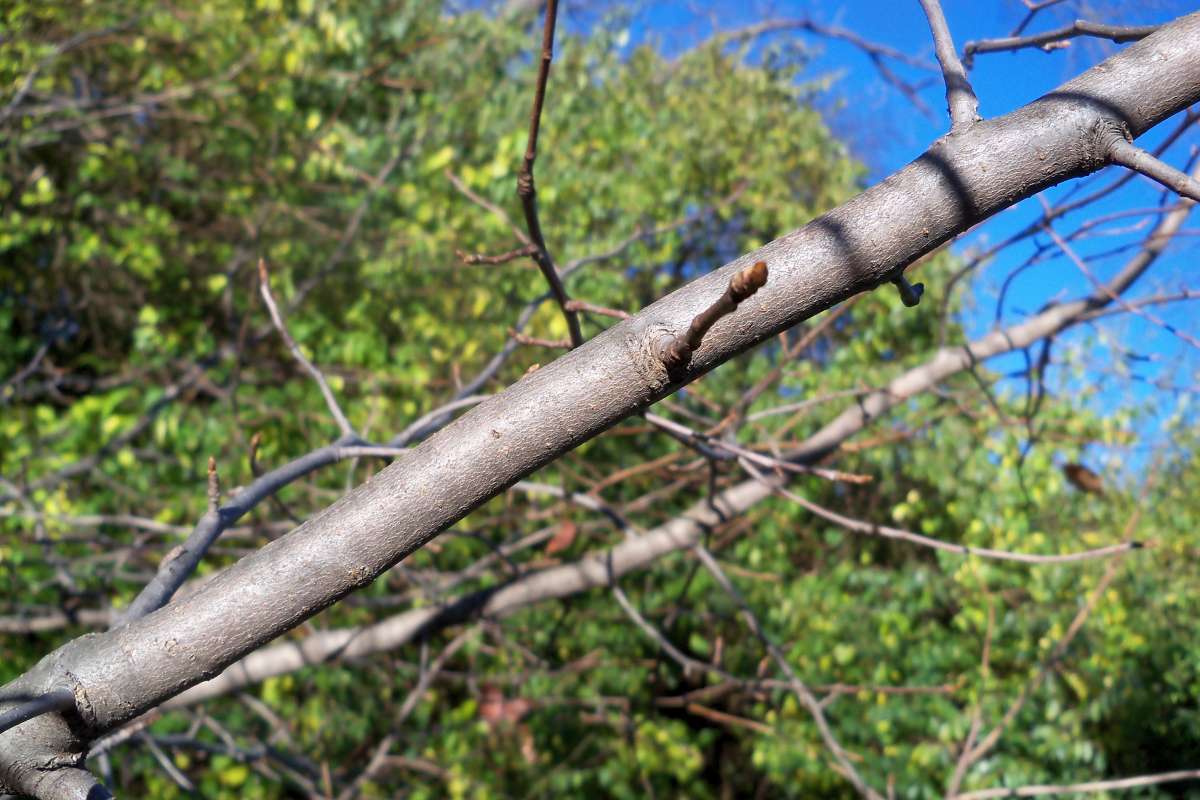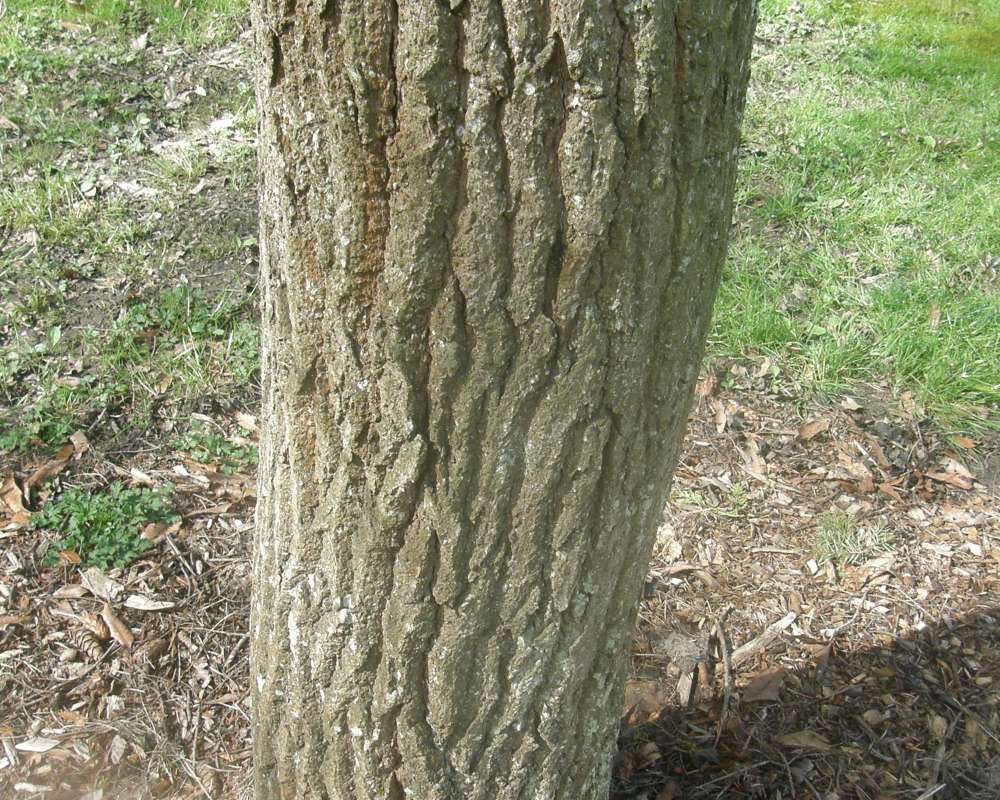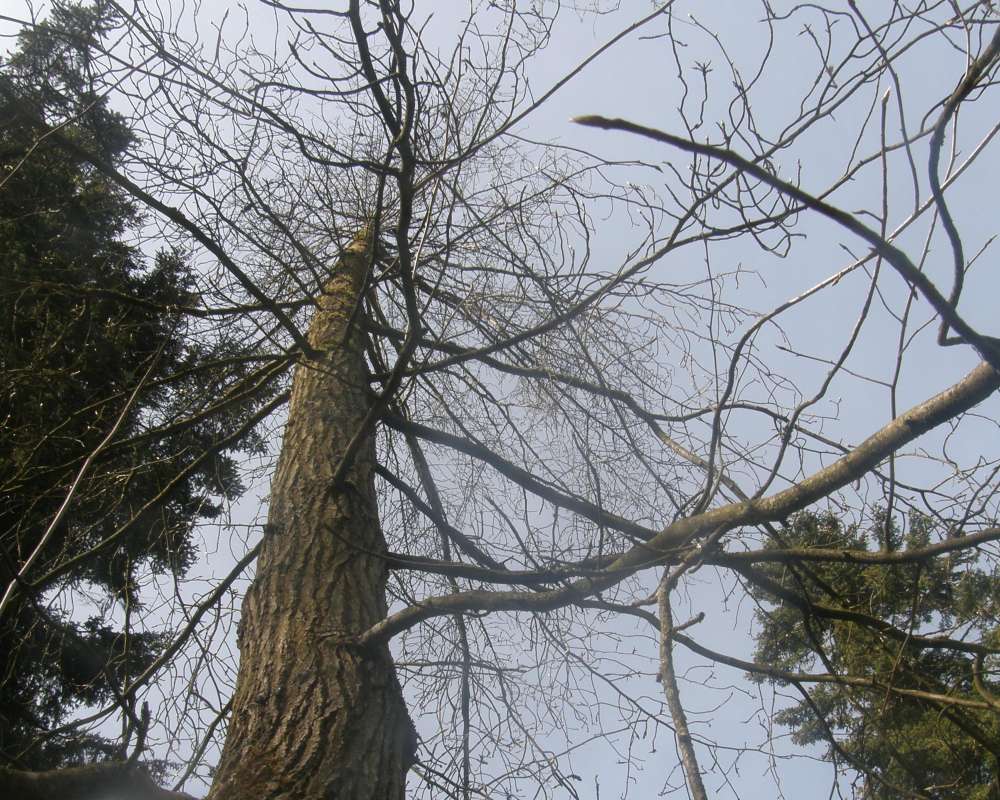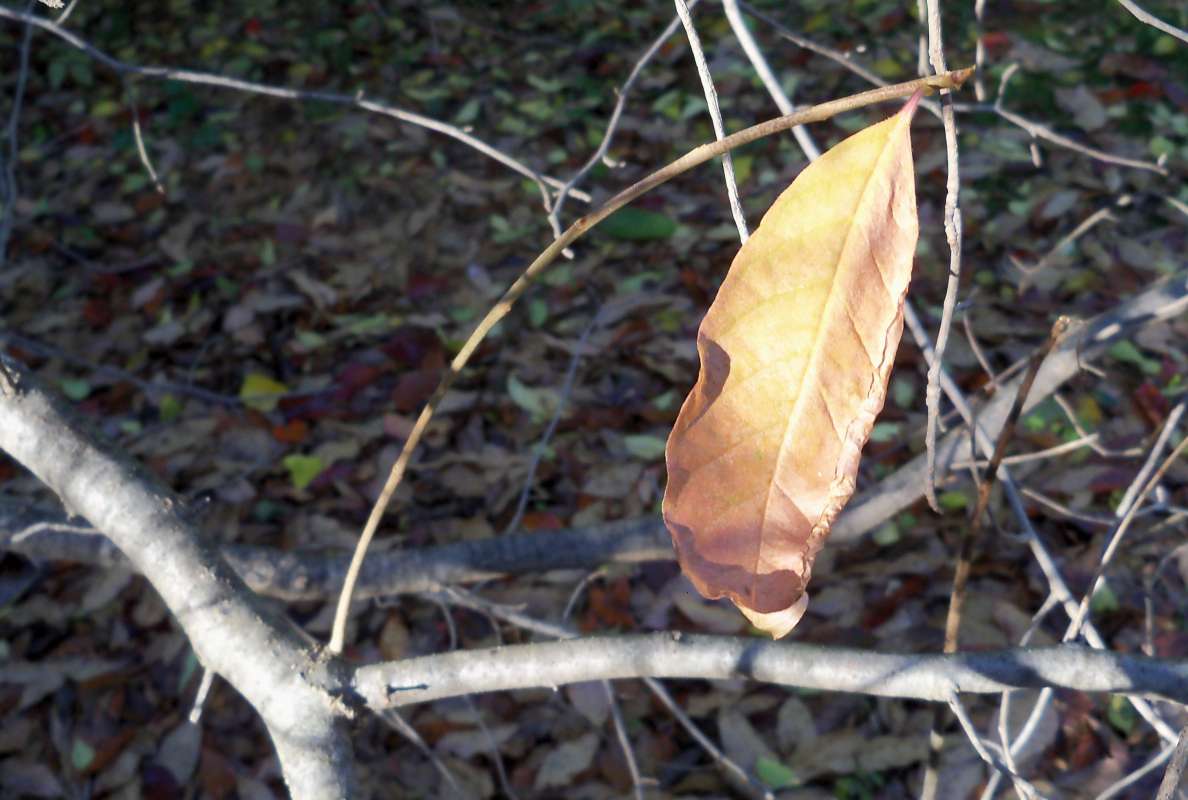SPECIES INFO
Sour gum or black tupelo (Nyssa sylvatica) is found from Maine to Florida and west to Ontario, Michigan, Missouri, and eastern Texas. Although this tree can grow to over 120 feet, it normally is only 40-55 feet tall. The bark is deeply furrowed and checkered.
This tree has two varieties. The form biflora (Nyssa sylvatica biflora to Nyssa biflora) is found in the coastal plain from about Virginia south to central Florida and west to eastern Texas. The leaves are less than 4 inches long in this form. The variety sylvatica is found widely in eastern North America and west to Texas and Missouri. The leaves can be up to 6 inches in this form.Nyssa genus contains 5 species of deciduous trees that can grow to almost 100 feet tall. They can be found naturally in the Orient and North America.
Tupelo family consists of about 7 or 8 species of trees and shrubs with alternate, deciduous, and simple leaves. The minute flowers are white. The Davidia (China), Camptotheca (China and Tibet), and the Nyssa (East North America and Asia) genera belong here. (Some authors note this family is close to the Cornaceae in the Umbelliformes)
Most members of this family are dioecious (Meaning male flowers are on one plant, and female flowers on another plant.) Some authors move the Nyssaceae family into a subfamily of the Cornaceae entitled Nyssoideae.
Myrtiflorae Order is an assemblage of over twenty different families.
Dicots (Dicotyledoneae Class) are the predominant group of vascular plants on earth. With the exception of the grasses (Monocots) and the Conifers (Gymnosperms), most of the larger plants that one encounters are Dicots. Dicots are characterized by having a seed with two outer shell coverings.
Some of the more primitive Dicots are the typical hardwood trees (oaks, birches, hickories, etc). The more advanced Dicots include many of the Composite (Aster) Family flowers like the Dandelion, Aster, Thistles, and Sunflowers. Although many Monocots reach a very high degree of specialization, most botanists feel that the Dicots represent the most advanced group of plants.
Seed plants (Phylum Embryophyta) are generally grouped into one large phylum containing three major classes: the Gymnosperms, the Monocots, and the Dicots. (Some scientists separate the Gymnosperms into a separate phylum and refer to the remaining plants as flowering plants or Angiospermae.)
For North American counts of the number of species in each genus and family, the primary reference has been John T. Kartesz, author of A Synonymized Checklist of the Vascular Flora of the United States, Canada, and Greenland (1994). The geographical scope of his lists include, as part of greater North America, Hawaii, Alaska, Greenland, Puerto Rico, and the Virgin Islands.
Kartesz lists 21,757 species of vascular plants comprising the ferns, gymnosperms and flowering plants as being found in greater North America (including Alaska, Hawaii, Greenland, Puerto Rico and the Virgin Islands.
There are estimates within the scientific world that about half of the listed North American seed plants were originally native with the balance being comprised of Eurasian and tropical plants that have become established.
Plant kingdom contains a large variety of different organisms including mosses, ferns, and seed plants. Most plants manufacture their energy from sunlight and water. Identification of many species is difficult in that most individual plants have characteristics that have variables based on soil moisture, soil chemistry, and sunlight.
Because of the difficulty in learning and identifying different plant groups, specialists have emerged that study only a limited group of plants. These specialists revise the taxonomy and give us detailed descriptions and ranges of the various species. Their results are published in technical journals and written with highly specialized words that apply to a specific group.
On the other hand, there are the nature publishers. These people and companies undertake the challenging task of trying to provide easy to use pictures and descriptions to identify those species.
